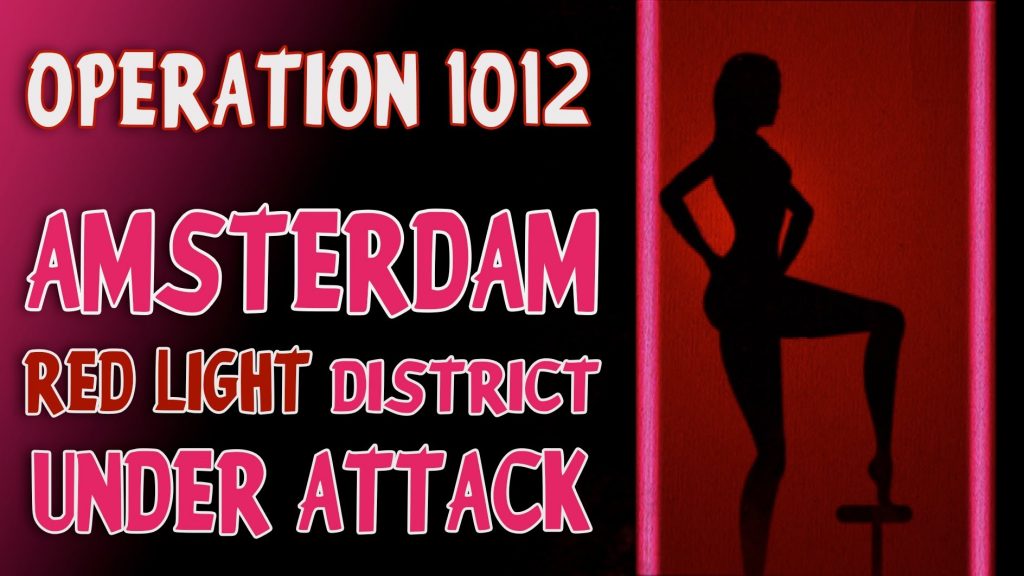In the thought-provoking short documentary, “Operation 1012: Amsterdam Red Light District Under Attack,” viewers are transported into the heart of Amsterdam’s historic Red Light District. Dating back to the 14th century, this famous neighborhood has long been a focal point of controversy and intrigue, drawing both tourists and critics alike.
The documentary sheds light on the multifaceted nature of the Red Light District, exploring its allure as a tourist attraction while addressing the concerns raised by authorities regarding criminal activities such as human trafficking, drug-related offenses, and money laundering. In 2007, the Amsterdam City Council embarked on a clean-up action, resulting in the forced closure of a significant number of prostitution windows through the sale of buildings used for such purposes.
The repercussions of this clean-up action reverberate throughout the community. Closed windows are repurposed as art spaces and fashion ateliers, giving rise to the Red Light Fashion project, which aims to support young Dutch designers. However, the initiative has sparked a contentious debate, triggering protests and petitions from owners of sex-related businesses. Critics argue that the actions against the Red Light District are driven by a conservative political agenda and an effort to gentrify the area for economic interests.
“Operation 1012” provides a platform for both sides of the debate to voice their perspectives. The documentary delves into the complexities of legalized prostitution in the Netherlands, questioning the premises put forth by the City Council regarding the connection between prostitution and criminal activities. It explores the larger implications of the clean-up actions, considering the potential impact on tourism and the soul of Amsterdam as a vibrant, diverse city.
Through engaging storytelling and a balanced approach, “Operation 1012” unravels the layers of this controversial issue, urging viewers to consider the ethical, social, and economic dimensions at play. The documentary fosters a deeper understanding of the transformations occurring within the Red Light District and raises essential questions about the intersections of legality, morality, and urban development.

